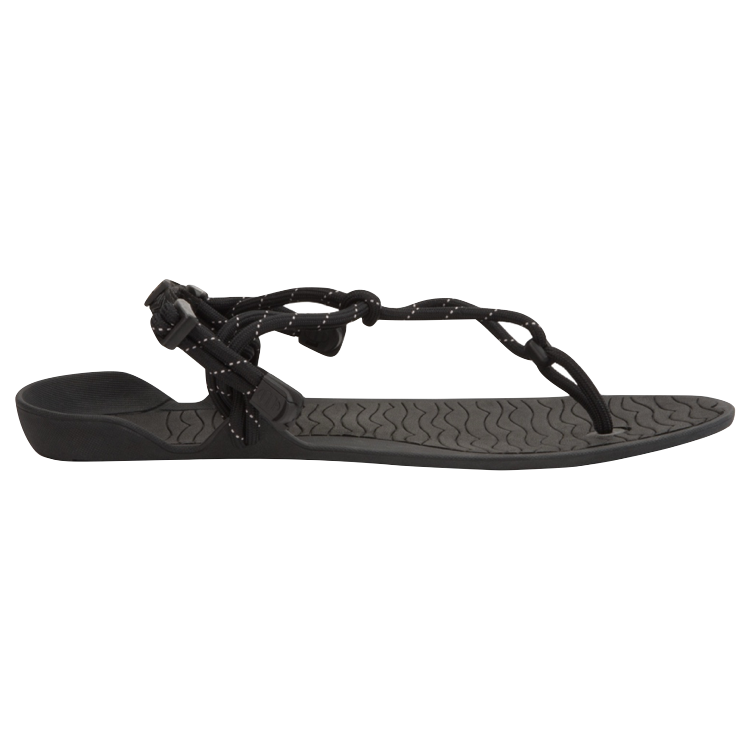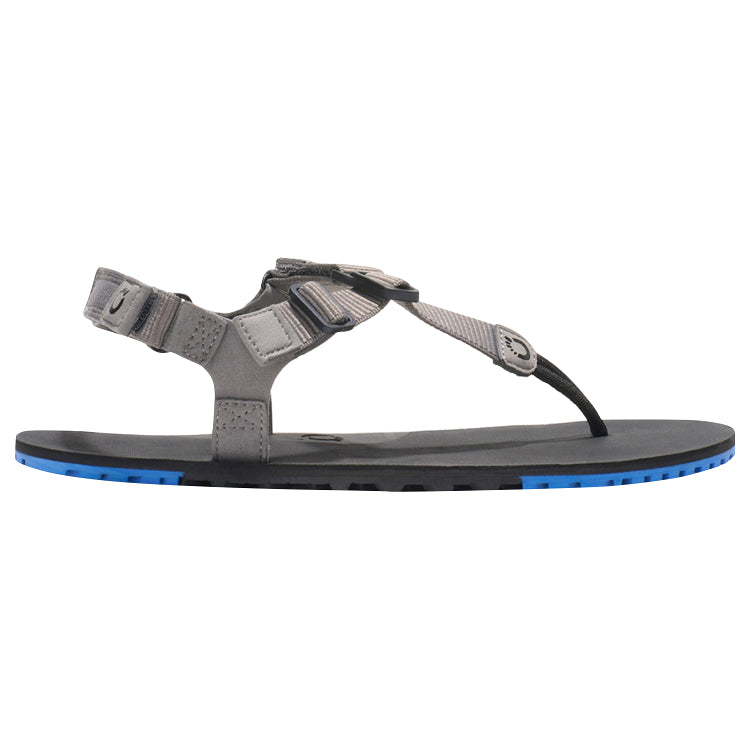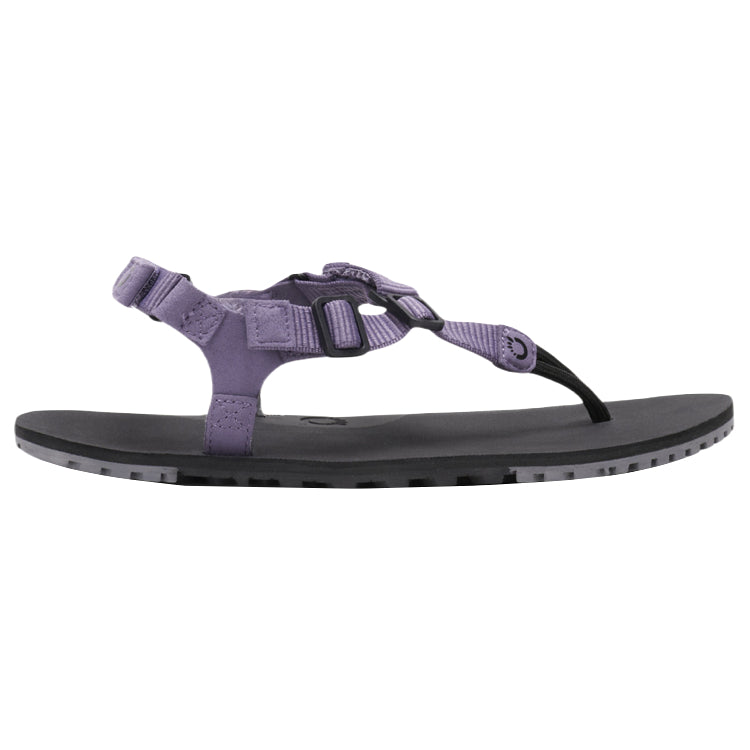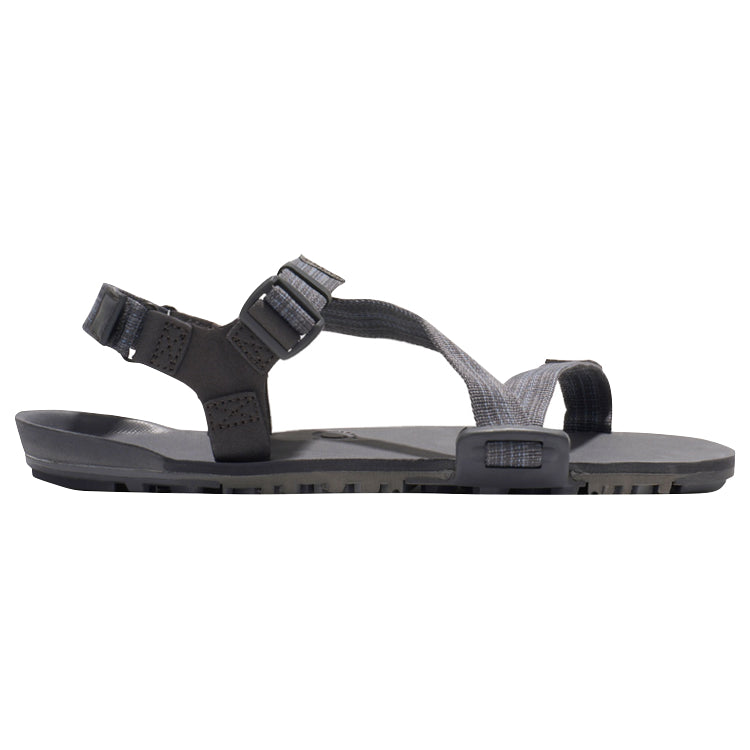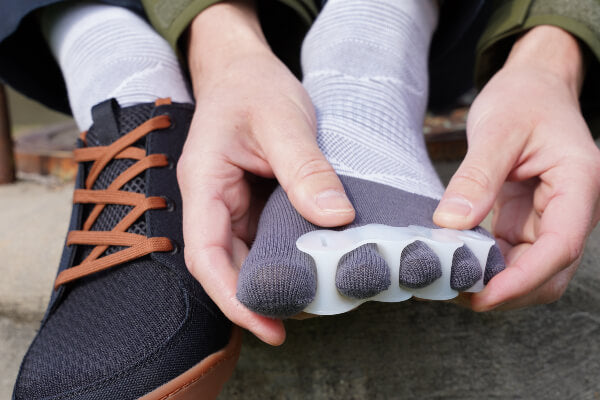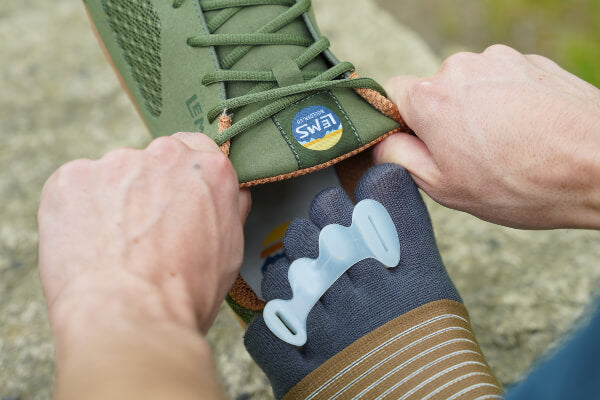
At Natural Footgear, we believe that any footwear should be evaluated based on how well it supports the natural structure and function of the human foot. Birkenstock sandals often come up in discussions of “healthy footwear,” and while they’re certainly a step up from many conventional options, they’re not without their drawbacks. In essence, Birkenstocks fall somewhere in the middle of the footwear health spectrum: Not inherently harmful in all cases, but not automatically beneficial either. The real answer depends on the specific model and how it aligns—or conflicts—with natural foot anatomy.
One of the more promising aspects of many Birkenstock sandals is their relatively wide forefoot, which allows for more toe freedom than most mainstream footwear. This wider-than-usual design can be beneficial, especially for those transitioning away from narrow, constrictive shoes. However, many Birkenstock footbeds also include a raised lip around the toe area. This design element, while possibly intended to “cradle” the toes, can actually interfere with proper toe splay and alignment, especially if your toes are trying to spread beyond those confines. For those working toward optimal toe positioning—particularly with tools like Correct Toes—this can become a limiting factor.
Other aspects of the Birkenstock sandal design warrant caution. The pronounced arch support built into many of their footbeds, while often marketed as a comfort feature, can weaken the intrinsic foot muscles over time by removing the need for them to engage and support your arch naturally. Additionally, the rigid sole structure and heel elevation present in some models disrupt natural foot motion and weight distribution during walking. These elements can subtly alter your gait and posture in ways that may contribute to issues over the long term—particularly for those with a history of foot pain or biomechanical dysfunction.
If you’re considering Birkenstock sandals, we encourage you to look closely at the design details of the specific model in question. Some Birkenstocks may serve as decent transitional footwear for those just beginning to explore the world of natural foot health. But in general, we advocate for shoes and sandals that offer a completely flat (i.e., zero-drop) platform, a fully flexible sole, a truly wide and unconfined toe box, and no artificial arch support. These design elements allow your foot to function as nature intended—strong, stable, and adaptable.
So, what do we think about Birkenstocks? They’re not all bad. In fact, they may be better than many popular alternatives. But from a foot health perspective, they’re not the gold standard either. If your goal is to restore natural foot function and build a more resilient foundation for movement, there are other options out there—many of which we feature on our site—that do a better job of supporting that journey from the ground up. Indeed, footwear that promotes optimal foot health should allow your toes to spread naturally, encourage active use of your foot's intrinsic muscles, and support a more natural gait cycle. For those serious about long-term foot wellness, selecting shoes that align with these principles can make a meaningful difference in overall mobility, comfort, and performance.

WANT TO IMPROVE YOUR FOOT HEALTH?
Let the team at Natural Footgear help you! Subscribe to our newsletter for the latest offers and helpful info, and sign up for our FREE email courses on various topics and foot health conditions.
Sign Up →
Want to Improve Your Foot Health?
We are here to help you every step of the way. Get our newsletter for the latest offers and helpful info, and sign up for our FREE email courses on various topics and conditions, including bunions, hammertoes, neuromas, plantar fasciosis, shin splints, ingrown toenails, and more.
Sign Up →
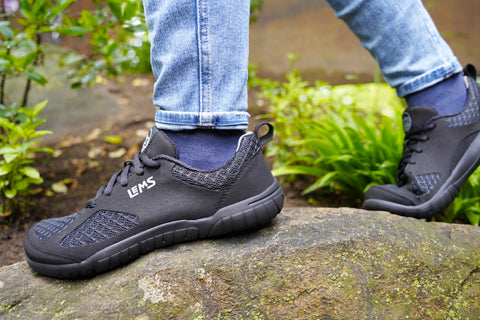 It's important to understand the potential benefits associated with foot-healthy footwear (i.e., flexible-soled, zero-drop, wide toe box shoes, boots, and sandals) for overall foot health and biomechanics in order to get the most out of them. Based on our foot health philosophy and our own personal experience, the top such benefits are the following. Natural Foot Positioning: Foot-healthy shoes position the heel and forefoot at the same height, promoting a...
Read more
It's important to understand the potential benefits associated with foot-healthy footwear (i.e., flexible-soled, zero-drop, wide toe box shoes, boots, and sandals) for overall foot health and biomechanics in order to get the most out of them. Based on our foot health philosophy and our own personal experience, the top such benefits are the following. Natural Foot Positioning: Foot-healthy shoes position the heel and forefoot at the same height, promoting a...
Read more



